Juniper Networks is a leading provider of high-performance networking and security solutions that enable service providers, enterprises, cloud operators, and public sector organizations to build and operate scalable, resilient, and secure networks. At its core, Juniper Networks delivers hardware, software, and services designed to transport data—whether across wide-area service provider backbones, within data centers, or throughout campus and branch environments—while maintaining exceptional performance, programmability, and security.
Table of Contents
Core Networking Infrastructure
1. Service Provider Routers and Switches
Juniper’s flagship MX Series routers and PTX Series packet transport devices power the world’s largest telecommunications backbones. Their carriers-grade performance accommodates terabits per second of traffic, with features such as segment routing, MPLS transport, and hardware-assisted encryption. In data centers, the QFX Series switches deliver low-latency, high-density 10/25/40/100/400 GbE connectivity, making them ideal for leaf-and-spine architectures that underpin cloud and hyperscale environments.
- Use Case: A global Internet service provider leverages MX routers for subscriber aggregation and PTX routers for core IP/MPLS, ensuring high-availability voice, video, and data services across continents.
- Benefit: Deterministic performance at scale, simplified operations via Junos OS, and multichassis trunking for seamless link redundancy.
2. Enterprise Campus and Branch Networking
For enterprise campus and branch networks, Juniper’s EX Series switches and SRX Series firewalls offer integrated networking and security in compact, manageable platforms. EX switches provide Power over Ethernet (PoE), Virtual Chassis technology for simplified switch stack management, and advanced analytics through Juniper’s Mist AI. SRX firewalls add next-generation threat prevention, SSL inspection, and secure SD-Branch capabilities, protecting distributed enterprise environments against evolving cyber threats.
- Use Case: A multinational retailer deploys EX switches at each store for reliable PoS connectivity, while SRX firewalls enforce application-centric security policies and VPN backhaul to headquarters.
- Benefit: Centralized policy control, automated orchestration, and reduced mean-time-to-resolution through AI-driven insights.
Security and Secure Access
3. Next-Generation Firewalls and Unified Threat Management
Juniper’s SRX firewalls, available as physical appliances (SRX300–SRX5500) and virtual instances (vSRX), deliver high-throughput threat defense. Equipped with Juniper’s Sky ATP sandboxing and integrated IPS, SRX devices identify and block malware, intrusions, and advanced persistent threats in real time. Combined with Junos OS’s hierarchical policy framework and secure key management, SRX firewalls provide consistent security enforcement across on-premises and cloud deployments.
- Use Case: A financial services firm utilizes vSRX in its public cloud environment to secure east-west traffic between microservices, while physical SRX firewalls protect data center entry points.
- Benefit: Unified security policy, elastic scaling in virtualized environments, and consolidated management via Juniper Security Director.
4. Secure Remote Access and Zero Trust
Juniper’s Secure Access (formerly SSL VPN) solutions, including Juniper Secure Connect and the Junos Pulse client, enable users to connect securely to corporate resources from anywhere. Coupled with Host Checker for endpoint compliance and multifactor authentication, these offerings form a key pillar of a Zero Trust security model—verifying device posture, user identity, and application context before granting access.
- Use Case: Healthcare providers deploy Secure Access to enable clinicians to access patient records from off-site locations, enforcing encryption and endpoint validation without compromising ease of use.
- Benefit: Fine-grained access control, improved user experience, and reduced risk of credential theft.
Automation, Orchestration, and Analytics
5. Junos OS and Network Programmability
Central to almost every Juniper device is Junos OS—a single, modular operating system built on a common code base. Junos provides a consistent CLI, model-driven APIs (NETCONF/YANG, gRPC), and support for configuration automation via Ansible, Python, and Terraform. This approach accelerates service delivery, reduces configuration drift, and enables rapid iteration of network functions.
- Use Case: A hyperscale cloud operator uses Junos APIs to automate network provisioning for new tenants, integrating with their CI/CD pipelines to spin up virtual routers and load balancers in minutes.
- Benefit: Programmable infrastructure, lower operational costs, and seamless upgrades with minimal service interruption.
6. AI-Driven Assurance with Mist AI
Through its acquisition of Mist Systems, Juniper offers a cloud-native AI engine—Mist AI—that provides proactive monitoring and self-healing capabilities. By leveraging telemetry from Wi-Fi access points, switches, and clients, Mist AI detects anomalies, predicts failures, and automates remediation, helping network teams maintain optimal performance with fewer manual interventions.
- Use Case: A university campus deploys Mist-managed access points and switches to automatically adjust channel plans and power levels based on real-time user density, ensuring consistent wireless coverage across 200+ buildings.
- Benefit: Reduced troubleshooting time, improved user satisfaction, and actionable insights via dynamic service-level dashboards.
Cloud and SD-Networking
7. Cloud-First Networking Solutions
Juniper extends its networking portfolio into public clouds through virtualized versions of its routers (vMX), switches (vQFX), and security appliances (vSRX). These images run natively on AWS, Azure, and Google Cloud, enabling consistent architectures across on-premises and cloud environments. Integration with cloud-native services, such as AWS Transit Gateway and Azure Virtual WAN, ensures efficient traffic flow and centralized policy enforcement.
- Use Case: A global SaaS provider deploys vMX routers in multiple cloud regions to interconnect services and route traffic through centralized security inspection points, achieving high availability and low latency.
- Benefit: Unified management plane, infrastructure as code, and dynamic scaling to match workload demands.
8. Software-Defined WAN (SD-WAN)
Juniper’s session-smart SD-WAN, built on its Session Smart Router (SSR) architecture, delivers application-aware routing, end-to-end encryption, and micro-segmentation without relying on traditional IPsec tunnels. By steering sessions over multiple underlays (MPLS, broadband, LTE), it optimizes performance for critical applications and simplifies WAN operations.
- Use Case: A distributed manufacturing company replaces legacy routers with SSR SD-WAN endpoints at its plants, achieving 50% reduction in bandwidth costs and 30% improvement in application response times.
- Benefit: Agility to onboard new sites rapidly, deterministic performance, and consolidated security.
Industry Verticals and Deployment Scenarios
9. Telecommunications and Service Providers
Juniper’s end-to-end portfolio—from access aggregation to core transport—supports 5G packet core, mobile backhaul, and broadband edge access. NVF-based solutions like 5G Universal Routing Platforms (URP) allow service providers to virtualize network functions and launch new services faster.
10. Financial Services and Healthcare
High-availability, secure connectivity is critical in industries with stringent regulatory demands. Juniper’s SRX firewalls, secure access clients, and network segmentation solutions help organizations meet compliance requirements (e.g., PCI DSS, HIPAA) while maintaining high throughput and low latency.
11. Education and Government
Large campuses and government agencies benefit from Juniper’s AI-driven assurance and secure access technologies. From secure Wi-Fi for thousands of students to encrypted WAN links between government offices, Juniper’s solutions deliver reliable connectivity and strong security postures.
Why Organizations Choose Juniper Networks
- Consistency and Reliability
- A single operating system across devices reduces learning curves and operational complexity.
- Carrier-grade hardware with redundant components ensures high uptime.
- Programmability and Automation
- Model-driven APIs and native support for automation tools accelerate service delivery and reduce manual errors.
- Integration with CI/CD and orchestration platforms modernizes network operations.
- Security by Design
- Integrated threat intelligence, sandboxing, and zero-trust access protect against sophisticated attacks.
- Unified policy management across physical, virtual, and cloud appliances enforces consistent security.
- Scalability and Performance
- Terabit-scale forwarding capacity and distributed control plane architectures support the most demanding network environments.
- Cloud-native and virtualized offerings enable dynamic scaling to meet variable workloads.
- Analytics and Assurance
- AI-powered insights and self-healing capabilities minimize downtime and improve user experiences.
- Rich telemetry and dashboards help teams make data-driven decisions.
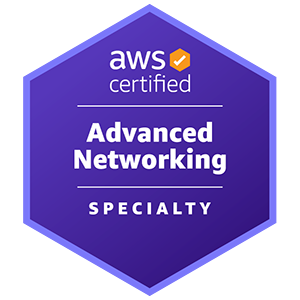


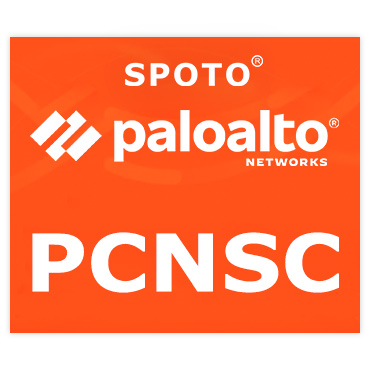
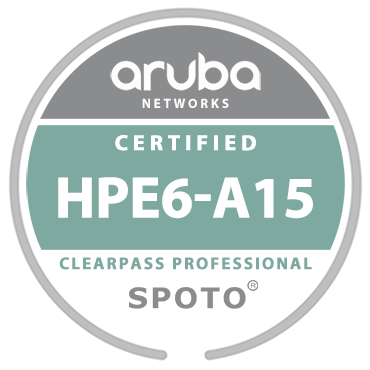
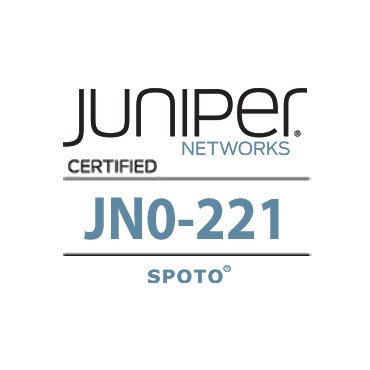

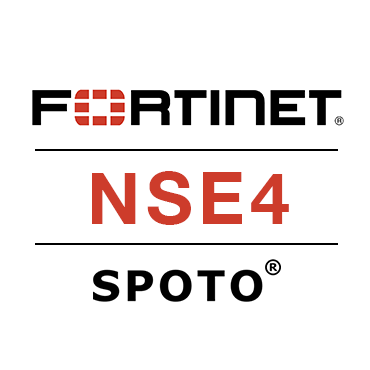
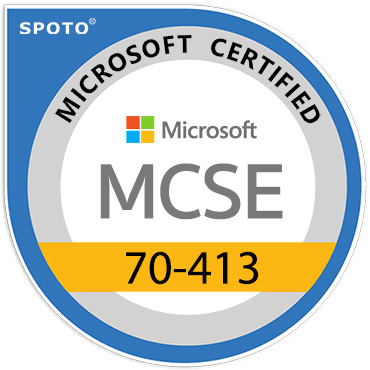

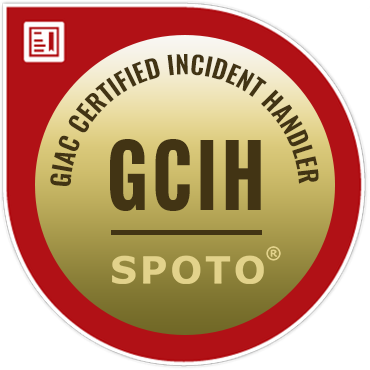

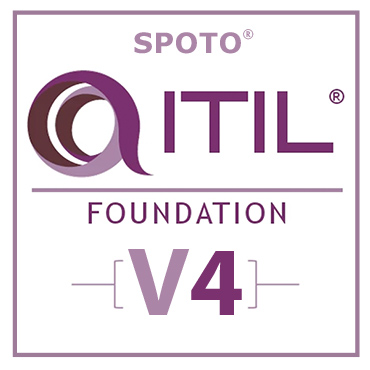
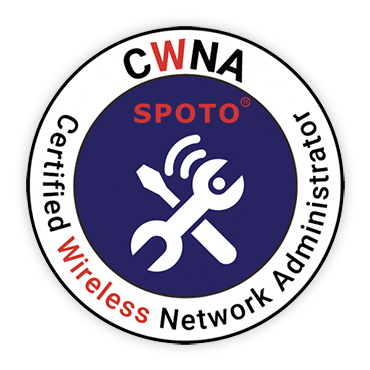
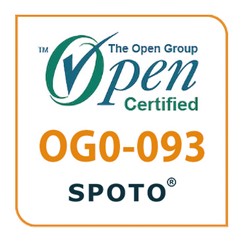



Comments